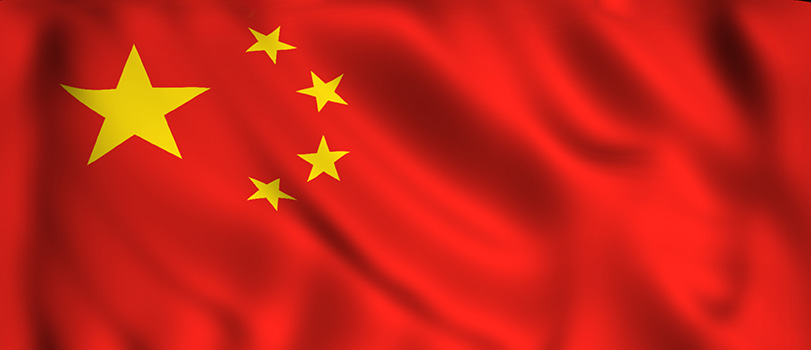©2025 Keller and Heckman, LLP
China Approves Expanded Usage for Food-Contact Additives and New Food-Contact Resin

On July 2, 2023, the National Health Commission of the People’s Republic of China (NHC) approved five additives with expanded usage and one new resin for use in food-contact materials. The substances and specifications are listed below.
Additives with Expanded Usage
- Ammonium salt of dodecanoic acid (CAS No.: 2437-23-2) is to be cleared for use in coatings and coatings layers at a maximum use level of 0.6% (on dry weight basis of the film). Coating and coating layers containing this substance may not be used in the production of materials and articles intended for contact with food for infants and young children. The above restrictions must be marked in accordance with the provisions of GB 4806.1.
- Hexanedioic acid, polymer with 2- ethyl-2-(hydroxymethyl)-1,3- propanediol (CAS No.: 28301-90-8) is to be cleared for use in coatings and coating layers at a maximum use level of 3% (as coating formula). The specific migration level (SML) is 6 mg/kg for 2- ethyl-2-(hydroxymethyl)-1,3- propanediol. The use temperature of the coatings and coating layers containing this substance may not exceed 121oC. The above restrictions on use must be labeled in accordance with the provisions of GB 4806.1.
- 3-Aminopropyltriethoxysilane (CAS No. 919-30-2) is to be cleared for use in unsaturated polyester (UP) plastics at a maximum use level of 0.01125%. The SML is 0.05 mg/kg. The UP plastic materials and articles containing this substance may not be used at temperatures exceeding 70°C, may not be contact food with ethanol content exceeding 20%, and the S/V ratio must not exceed 2 dm²/kg when in contact with food. In addition, materials and articles containing this substance may not be used to produce materials and products intended for contact with food specifically for infants and young children. The above restrictions on use must be indicated in accordance with the provisions of GB 4806.1.
- Bis(2-ethylhexyl) adipate (CAS No.: 103-23-1) is to be cleared for use in polyvinylidene fluoride (PVDF) plastics at a maximum use level of 35%. The SMLs are 18 mg/kg for Bis(2-ethylhexyl) adipate and 60 mg/kg calculated as the sum of substances in Group 32 of Appendix B of GB 9685-2016. PVDF plastic materials and articles containing this substance are limited to contact with food only under conditions of T≤70°C and t≤24h, and they must not be used for contact with foods containing oils or foods with an ethanol content higher than 50%. The above usage restrictions must be marked in accordance with the provisions of GB4806.1.
- Esters of C12~C18 straight chain fatty acids and C12~C18 straight chain fatty alcohols is to be cleared for use in plastics at a maximum use level of 0.5%. The polyester material and articles of polyethylene terephthalate (PET) containing this substance are only allowed for room temperature filling (including hot filling, pasteurization, or other thermal treatments) and long-term storage at room temperature. Other plastics and products containing this substance must not be used for contact with fatty foods and foods with ethanol content higher than 50%. The above restrictions should be indicated according to the regulations of GB 4806.1.
New Resin
- 1,3-Benzenedicarboxylic acid, polymer with 1,4-benzenedicarboxylic acid, 1,4-butanediol, 1,4-cyclohexanedimethanol, 1,3- dihydro- 1,3-dioxo-5-isobenzofurancarboxylic acid and 1,2-ethanediol (CAS No. 1621282-90-3) is to be cleared for use in coatings and coating layers at a maximum use level of 30% (on dry weight basis of film). The SMLs are 5 mg/kg as 1,3-Benzenedicarboxylic acid; 7.5 mg/kg as 1,4-benzenedicarboxylic acid; 5 mg/kg as 1,4-butanediol; 5 mg/kg as 1,3- dihydro- 1; 30 mg/kg as 1,2-ethanediol, and 0.6 mg/kg for Tetrahydrofuran. Coating and coating layers produced from this substance are limited to long-term storage at room temperature after filling at room temperature (including hot filling, pasteurization, or other heat treatment). The above usage restrictions should be marked according to the provisions of GB 4806.1.